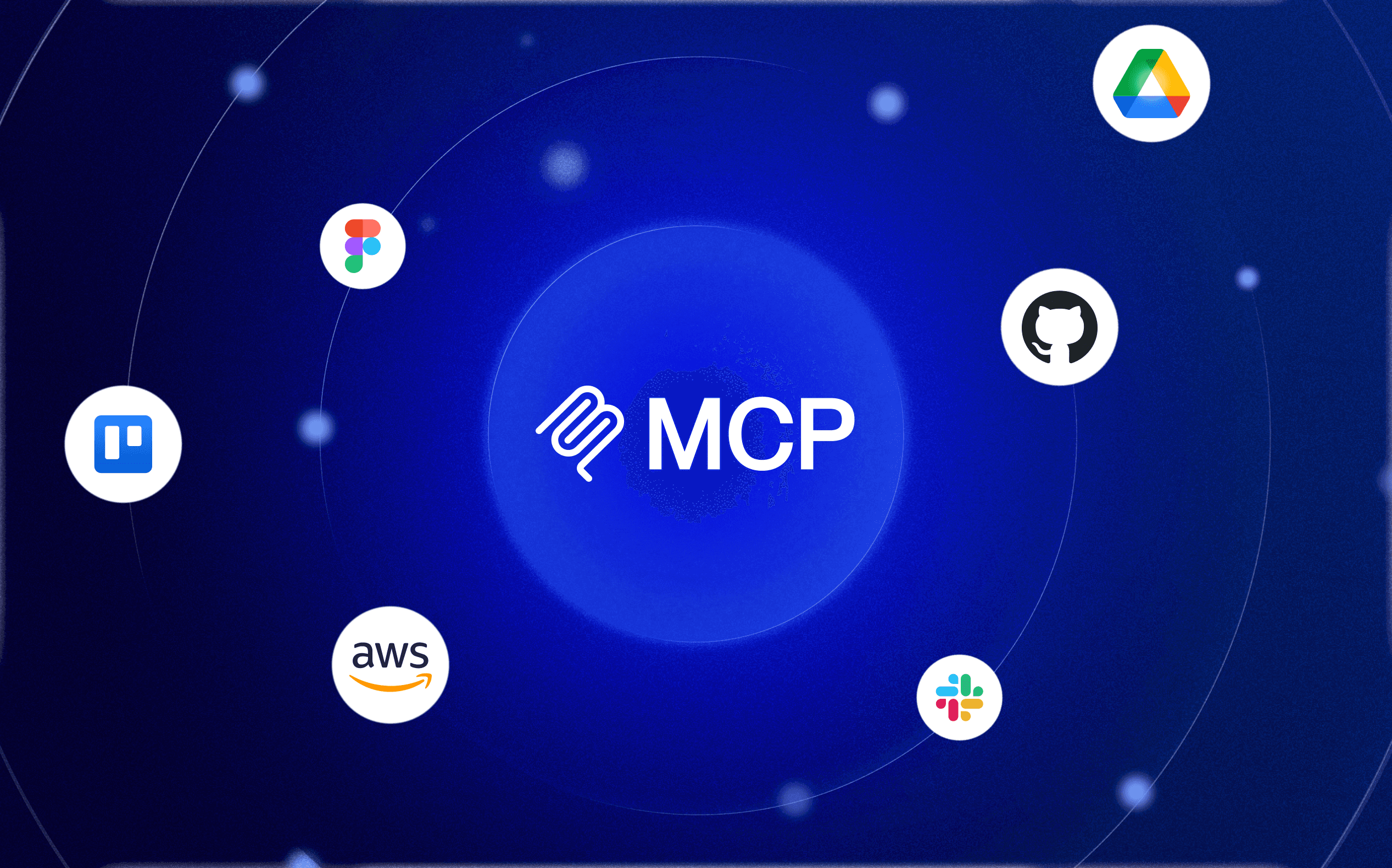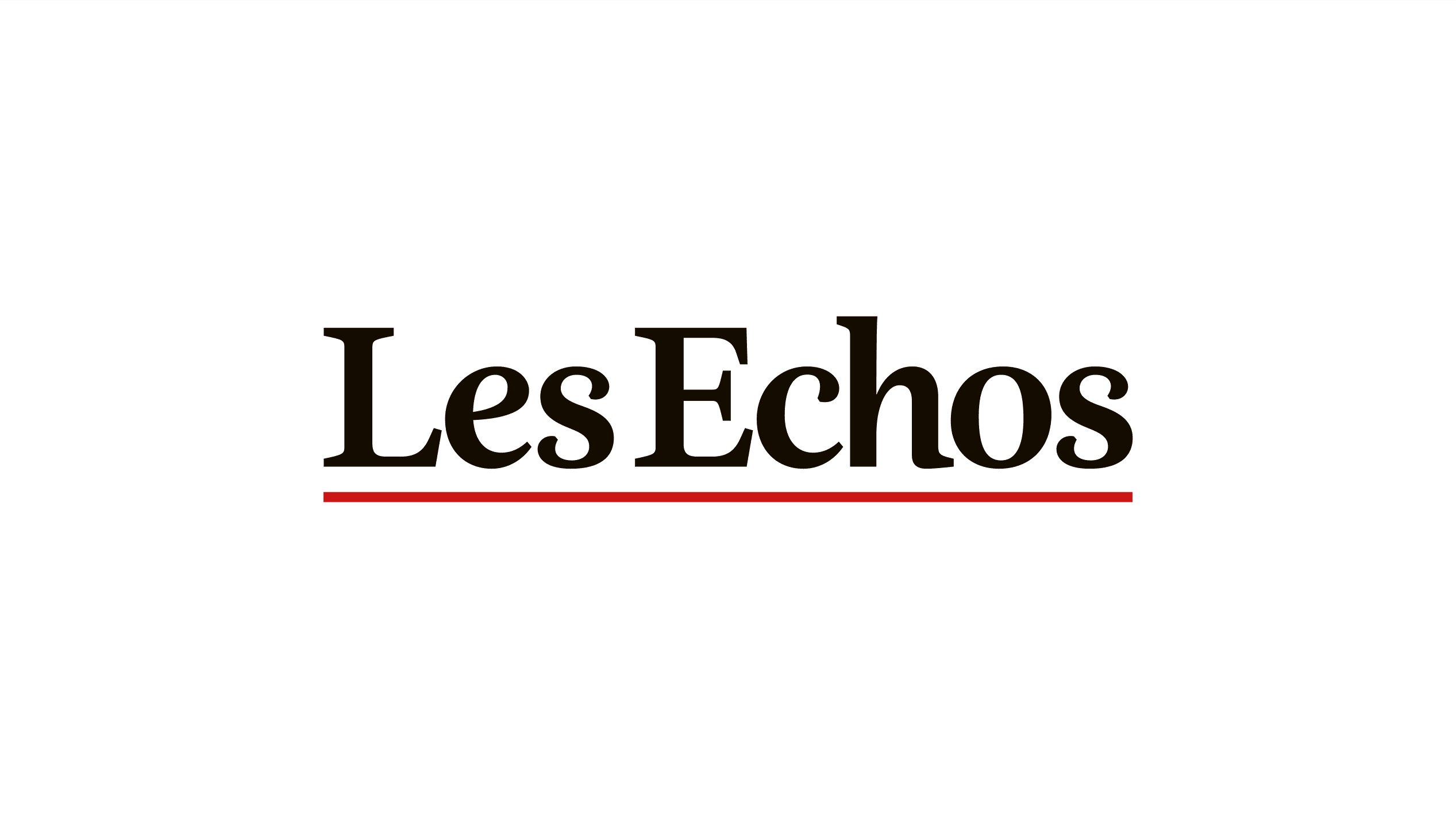Optimizing collaboration moments with unFIX: the different types of feedback

Table of contents
There isn’t a meeting, workshop, or one-on-one session where we don't use feedback. Even saying “Hello” is a form of feedback. So let's start by uncovering our main players: the different types of feedback, their roles in communication, and how they can be used (or misused).
In professional collaboration, especially during the "Moments of collaboration" described by unFIX, feedback plays a crucial role, capable of transforming a moment of confusion into an act of clarity and growth.
Welcome to the maze of feedback, where every moment offers a new perspective on collaboration, learning, and growth. Here, feedback is not just a tool, but an art, and like any good artist, one must carefully choose their palette.
In this first part of a three-article series, I invite you to explore the various types of feedback at our disposal.
To find part 2 of the article: Optimizing collaboration moments with unFIX : implementing feedback
To read part 3 of the article: Optimizing collaboration moments with unFIX : feedback as a power driver!
The Sandwich, AAA, and Beyond: A Colorful Menu of Feedback!
Destructive Feedback: a headwind

Destructive feedback criticizes or devalues without offering constructive solutions, often perceived as demoralizing and unproductive.
Example: "Your report was confusing and too long. I doubt anyone actually read it all the way through."
This type of feedback should be avoided at all costs! Destructive feedback can undermine confidence, harm motivation, and damage professional relationships.
Destructive feedback sometimes stems from a desire to criticize without providing a path to improvement, or in some cases, from a need to vent frustration and dissatisfaction without considering its impact on the recipient. It may arise from rushed communication, an incomplete understanding of the situation, or an inability to manage one's emotions constructively. Sometimes, it results from an organizational culture that values negative criticism over encouragement and personal development.
Destructive feedback lacks specificity, focuses on the person rather than the behavior, is not constructive, and is delivered in a negative tone. To avoid giving destructive feedback, take a moment to reflect on the objective of your feedback. Ask yourself, "Is my intention to help this person improve?" Ensure that your comments focus on specific behaviors, not the person, and then provide concrete suggestions for improvement. Adopting a compassionate and empathetic approach can turn potential destructive feedback into a constructive opportunity for growth and development.
Constructive Feedback: building, not destroying

Constructive feedback aims to encourage development and improvement by highlighting strengths and areas for improvement, focusing on specific solutions and actions.
Example: "Your report was very thorough and well-structured, making it easier to understand the issues. To make the data even more accessible, let's consider using charts to summarize the key points."
This type of feedback is ideal when the goal is to help someone improve their performance or behavior positively and encouragingly.
Tactical Feedback: the art of precision

Tactical feedback focuses on very specific actions or behaviors in a particular context, with the goal of adjusting or improving precise tactics or strategies. Use it when there is a need to adjust actions or behaviors in the short term to meet given objectives or situations. It can be very specific to a task or event.
Example: "Thanks, Martial, for your presentation on Project X this morning. You covered all the key points necessary for the leadership team to understand the project's impact and value. I noticed some slides were overloaded with information, making them difficult to read during the presentation. Next time, I suggest simplifying the slides by keeping only the essential points and possibly using appendices for additional details. Ending with a short summary of the next steps would also give the team a better sense of direction."
Be clear about the specific behavior or action and how it can be improved. Ensure the feedback is relevant to the situation and understandable to the recipient.
Sandwich Feedback: a dish that no longer works?
The sandwich feedback method involves sandwiching constructive criticism between two positive comments. The idea is to deliver the message gently, potentially facilitating acceptance. It can be used when you fear the criticism may be poorly received or in highly emotional situations.
Example: "I really appreciated your presentation this morning; your energy was contagious. It might be helpful to condense the content a bit to maintain the audience's attention. That said, your conclusion perfectly summarized the key points."
However, make sure the "bread slices" do not overshadow the "filling." The constructive criticism must remain clear and understood. Otherwise, it may come off as insincere, diluting or ignoring the central message.
Feedforward: looking to the future

Unlike traditional feedback, feedforward focuses on future solutions and actions rather than past mistakes. Feedforward invites us to consider opportunities and build on what works well. It is a breath of fresh air that moves away from criticism and focuses on growth potential. Use it whenever you want to encourage change and personal growth without dwelling on past criticisms.
Example: "For the next project, I think your ability to synthesize information could be even more useful if you lead the kickoff briefings."
The right strategy is to highlight future positive actions rather than past mistakes. The risk is ignoring past lessons, which could lead to repeated errors.
360-degree Feedback: a panoramic view

360-degree feedback involves gathering performance reviews from a wide range of sources, including colleagues at all levels, managers, and sometimes clients. This feedback is ideal for a comprehensive evaluation of performance and personal development, especially in the context of annual reviews.
Example: "Jean has demonstrated a deep understanding of our needs as a client and has consistently exceeded our expectations in project delivery. It would be beneficial, however, to have even more proactive communication regarding potential constraints or delays, so we can better anticipate and plan on our end."
It is important to clearly explain the process and objective of 360-degree feedback to all participants. Ensure that the feedback is specific and action-oriented.
Core protocol perfection game

The "Perfection Game" is a feedback method that encourages continuous improvement and constructive collaboration.
How it works:
Rate out of 10.
Specify what was appreciated.
Offer concrete suggestions to achieve perfection.
This method is particularly effective for transforming feedback into positive actions and encouraging a culture of honest and constructive feedback.
Example: "My rating is 7/10. I really appreciated the detailed risk analysis, which was particularly well done and showed a deep understanding of the challenges ahead. My suggestions to achieve a perfect score are:
Include more concrete data.
Use numerical projections to help us better understand the potential impact.
Add more audience interaction, such as open questions and real-time feedback.
Improve visuals with more dynamic graphics and interactive visuals."
These moments are characterized by an active search for improvement and solutions, where precise and action-oriented feedback is crucial. The "Perfection Game" promotes an evaluation that is both positive (recognizing what works well) and constructive (suggesting improvements), which aligns perfectly with the spirit of these sessions. By integrating this method into specific moments, you encourage a culture of transparency, mutual appreciation, and continuous growth.
BIF feedback: a non-violent approach

The BIF method, structured in three steps — Behavior, Impact, Future — is designed to provide non-violent and constructive feedback.
Behavior: describe the specific behavior observed without judging its personal value. This factual approach targets specific actions or statements that need improvement.
Impact: clearly explain how this behavior affected you, the team, or the project. This helps the feedback recipient understand the real repercussions of their actions in a professional context.
Future: invite the person to reflect on their behavior and discuss how they could improve their actions in similar situations in the future. This encourages a growth-oriented perspective and continuous improvement.
Example: "Yesterday, during the meeting, several unplanned points were added (Context). This extended the meeting by 20 minutes, causing delays (Impact). In the future, can we find strategies to stick to the allotted time? Perhaps using a timer? (Action)."
This structure fosters an open and productive dialogue, helping the recipient see the feedback as an opportunity for learning rather than as criticism.
AAA Model (Appreciation, Amplification, Adjustment): the recipe for success

This technique starts by recognizing and appreciating what works well, considers how to amplify this success, and then suggests an adjustment to further improve the situation. This feedback is ideal for encouraging positive growth and development, emphasizing existing strengths.
Example: "The diversity of our skills really boosts the team (Appreciation). I was thinking that to help us work even better together and improve our results (Amplification), we could organize weekly idea exchanges to make the most of this diversity (Adjustment). What do you think?"
The potential risk is not focusing enough on the adjustment step, which can leave the recipient without a clear direction for action. It is best to ensure that the proposed adjustment is seen as an opportunity for growth, not as a weakness to be corrected.
SBI Feedback (Situation-Behavior-Impact): clarity above all
This model structures feedback around three components:
The situation where the behavior occurred,
The observed behavior,
The impact of that behavior.
It is useful for providing clear and direct feedback based on objective facts. The key is to remain as precise and concrete as possible to avoid any subjective interpretation.
While it can be used in a context similar to tactical feedback, SBI has a broader scope. It can apply to a variety of situations, from individual performance to interpersonal behaviors, and is used to recognize positive behaviors as well as to correct negative ones. SBI emphasizes explaining the impact of specific behavior in a given situation, helping the recipient understand the broader consequences of their actions.
Example: "During Tuesday's meeting, when you shared the project results (Situation), it demonstrated your attention to detail in your preparation (Behavior), which reassured the team about our direction (Impact)."
Avoid using vague situations or non-specific behaviors, which would make the feedback unclear and less actionable.
DESC Feedback (Describe, Express, Specify, Consequences)
The DESC approach is a structured method for communicating an issue without triggering a defensive response. It aligns with non-violent communication (NVC) to offer a respectful and effective way to provide feedback. DESC is particularly useful in delicate or conflictual situations. It helps communicate clearly and directly while minimizing misunderstandings.
This method encourages describing the situation or observed behavior objectively, without judgment or interpretation. Express the feelings or impact that the behavior or situation had on you or the team, using "I" statements to keep the message personal and avoid blame.
Specify what you would like to see change by being clear and precise about the desired behavior or action to avoid any confusion. Clarify the elements discussed by explaining the positive consequences that will result from adopting the suggested change, thus reinforcing the incentive to modify the behavior.
Example: "During the last meeting (Describe), I noticed that we significantly overran the scheduled time without prior notice. This caused me concern about our productivity and time management (Express). Would it be possible to set a clear agenda and stick to the time slots for each point (Specify)? This will help us to be more efficient and respect everyone's time (Consequences)."

Let’s conclude with SARAH: an emotional journey
Receiving feedback, especially when poorly formulated or containing common mistakes, can trigger a complex set of emotions in the recipient. This process, often abbreviated as SARAH, includes several emotional stages:
Shock: the initial surprise or shock can occur if the feedback reveals unexpected or perceived critical aspects of performance or behavior.
Anger: in this stage, the recipient often feels anger, an emotional reaction to what they might perceive as a personal attack.
Rejection: this is followed by a phase of rejection, where the person refuses to accept the validity of the feedback.
Acceptance: with reflection and, sometimes, internal dialogue, the recipient starts to see the truth or utility of the feedback, recognizing similar past behaviors or patterns.
Honest Effort: finally, once the feedback is accepted, the recipient may decide to make sincere efforts to change, during which positive reinforcement becomes crucial.
Being aware of this emotional sequence can help those giving feedback adopt a more factual and compassionate approach, avoiding forced acceptance and opening the way for constructive dialogue. This underscores the importance of delivering feedback in a manner that facilitates rather than hinders personal and professional development.
Moving forward with Collaboration moments
Concluding this introduction to the art of feedback in unFIX Collaboration Moments, it's essential to remember that these interactions go beyond traditional meeting concepts. Technological advancements, such as AI, are revolutionizing how we collaborate, whether in person or remotely, synchronously or asynchronously. Collaboration moments are designed as strategic opportunities for learning, growth, and collective decision-making.
The key lies in the purpose behind each collaboration moment, far more than its format. The next part of this article will explore how to effectively use different types of feedback to enrich these moments, regardless of their setting.
Prepare for the second part, where we will dive into the practical application of feedback, an indispensable tool for successful collaboration!


